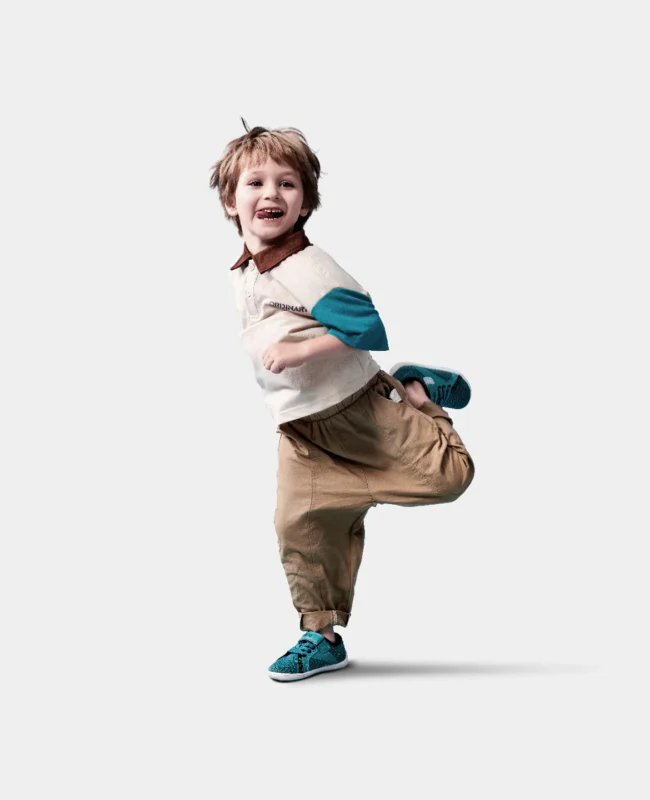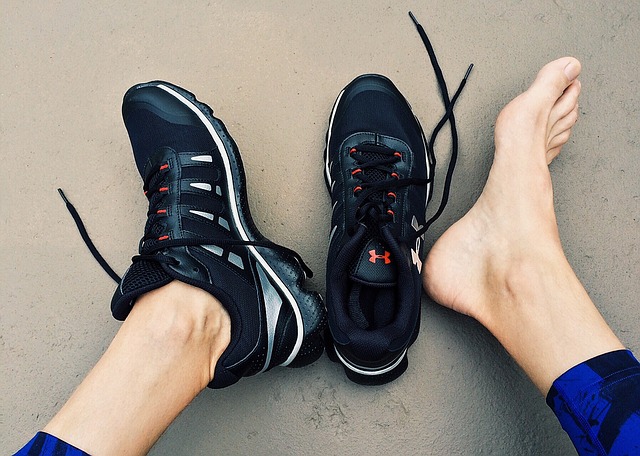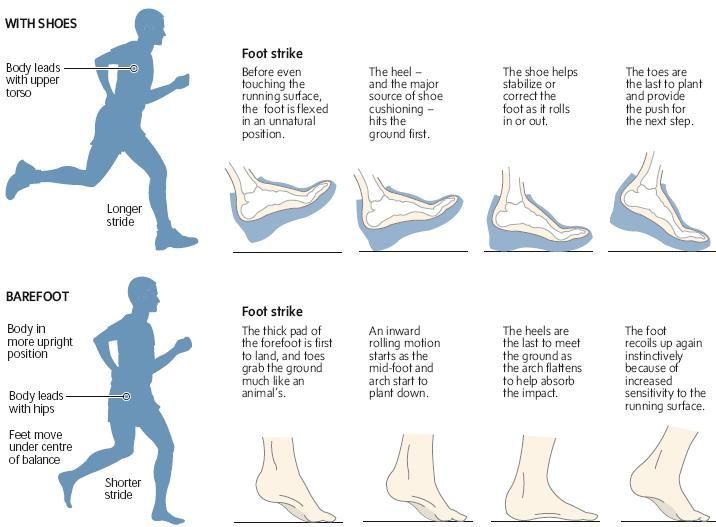Walking barefoot is a practice as old as humanity itself, and it’s making a modern comeback for its surprising health benefits. From strengthening your feet to improving posture and balance, the science behind barefoot walking reveals how reconnecting with the ground can positively impact your overall wellness.
Let’s take a closer look at what barefoot walking does for your body and why so many people are embracing this natural movement.
What Is Barefoot Walking?

Barefoot walking involves moving without shoes or wearing minimalist footwear that mimics the sensation of being barefoot. The idea is to allow your feet to function as they were designed—naturally, without the constraints of traditional shoes.
The Science Behind Barefoot Walking
1. Strengthens Foot Muscles
Modern shoes often over-support the feet, which can lead to weakened muscles over time. Walking barefoot or with minimalist footwear requires your feet to:
- Engage stabilizing muscles.
- Build strength in the arches and toes.
- Support natural movement patterns.
Studies show that barefoot walking increases foot muscle activation, leading to stronger, healthier feet.
2. Improves Proprioception
Proprioception is your body’s ability to sense its position and movement. Walking barefoot enhances this connection by allowing your feet to feel the ground. This increased sensory feedback helps:
- Improve balance.
- Enhance coordination.
- Reduce the risk of falls and injuries.
3. Promotes Natural Gait
Traditional shoes often encourage a heel-strike walking pattern, which can lead to unnecessary impact on the knees and hips. Barefoot walking naturally shifts your gait to a midfoot or forefoot strike, which:
- Reduces joint stress.
- Improves efficiency.
- Supports better posture.
4. Encourages Grounding
Grounding, or earthing, is the practice of walking barefoot on natural surfaces like grass or sand. Some research suggests that grounding:
- Reduces inflammation.
- Lowers stress levels.
- Improves sleep.
This is thought to be due to the exchange of electrons between your body and the Earth.
5. Enhances Posture
Barefoot walking encourages proper alignment by removing the artificial elevation of traditional shoes. This helps:
- Maintain the spine’s natural curvature.
- Reduce tension in the lower back.
- Distribute weight evenly across the feet.
The Benefits of Barefoot Walking
- Healthier Feet: Stronger arches, better flexibility, and reduced foot problems like bunions or plantar fasciitis.
- Better Balance: Improved stability and coordination from increased sensory feedback.
- Reduced Pain: Less stress on the joints and spine due to a more natural gait.
- Improved Overall Health: Potential benefits from grounding and increased movement.
How to Start Walking Barefoot
If you’re new to barefoot walking, transitioning gradually is key:
- Start Indoors: Practice walking barefoot at home on soft surfaces like carpet or rugs.
- Try Barefoot Shoes: Use minimalist footwear to protect your feet while still allowing natural movement.
- Choose Soft Surfaces: Begin on grass, sand, or dirt trails to reduce impact.
- Strengthen Your Feet: Incorporate exercises like toe stretches, foot rolling, and calf raises to prepare your feet.
- Be Patient: Allow time for your feet to adapt and strengthen.
How Barefoot Shoes Support Barefoot Walking

If walking completely barefoot isn’t an option, barefoot shoes provide an excellent alternative. They offer:
- A thin, flexible sole for ground feel.
- A wide toe box for natural toe splay.
- Zero-drop design to support proper posture and alignment.
Barefoot shoes protect your feet from rough terrain while still promoting the benefits of barefoot walking.
Conclusion: Walking Naturally for Better Health
The science behind barefoot walking shows that it’s more than just a trend—it’s a return to natural movement that can transform your health. By strengthening your feet, improving posture, and enhancing balance, barefoot walking reconnects you with your body and the Earth in profound ways.
Ready to experience the benefits of barefoot walking? Whether you go barefoot or choose minimalist footwear, your feet—and your overall health—will thank you.






